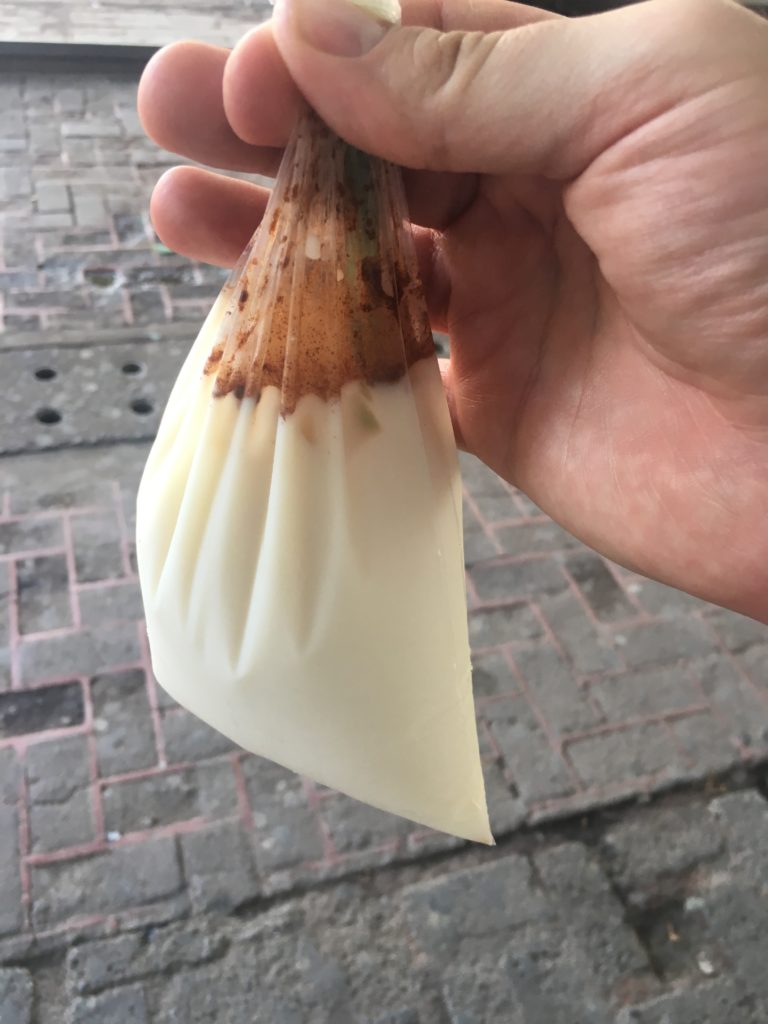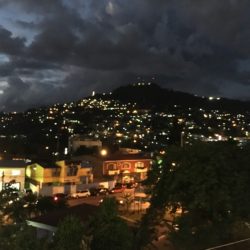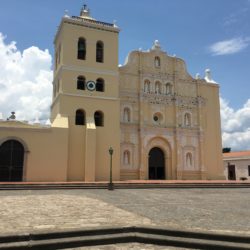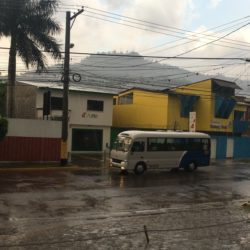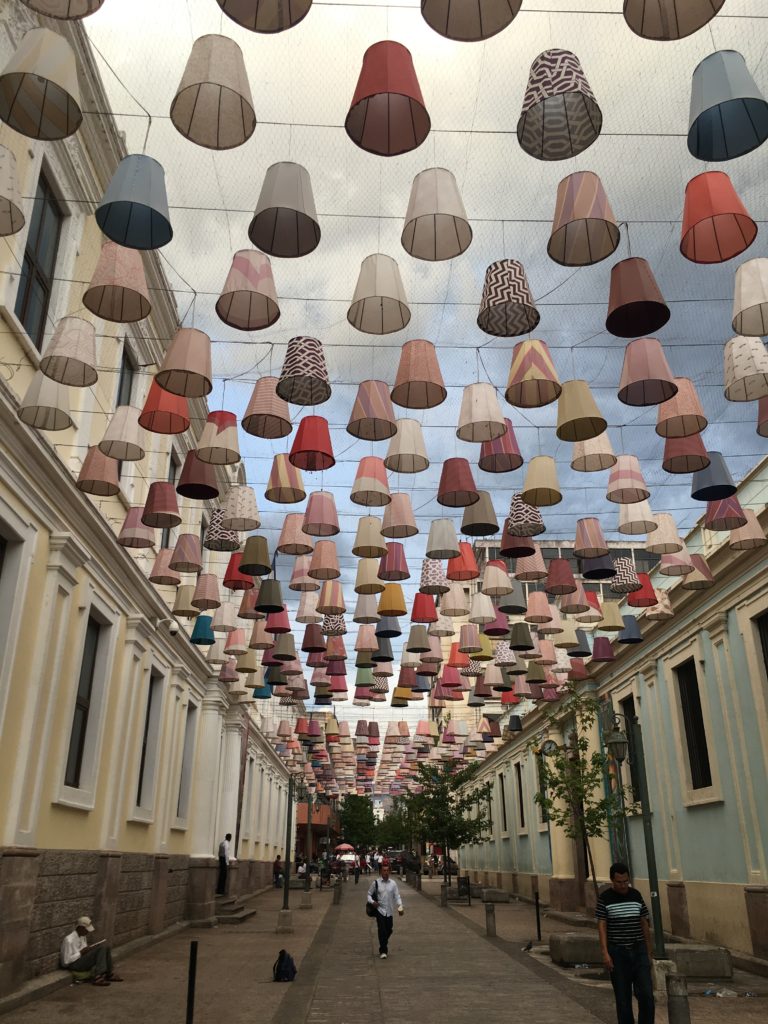
El Centro is more than a mere geographic label for the Downtown area of Tegucigalpa. It is the beating heart of the city; the place where everything happens and the denizens mix, mingle, hustle and bustle. The area is very walkable and the only danger I ever felt was for my waistline, what with all the baleada-sellers on every street corner and La Baguette’s to-die-for tres leches in a cup.
I started my exploration of El Centro at Parque Central, also known as Plaza Morazán. This square is always packed, no matter the time of day. One morning I walked there at 5:30 thinking it would be empty and I could get some nice photos of the sunrise behind the Cathedral, but even at such an early hour this place was hopping. Tents are set up where food and handicrafts are sold, but there also was a daily special event that utilized the main stage on the north end of the plaza. The day I got there was an LGBT celebration, which was a nice way for Tegucigalpa to welcome me to the city. The Parque Central was decked out in rainbow flags and balloons, and Madonna, Britney and Gaga were pumping through the speakers on the stage. The following day tents were set up for free HIV testing and the whole scene reminded me of documentaries I’ve seen about the origins of pride in the U.S. This was real community outreach and celebration, rather than the corporate-sponsored entity that pride has now become.
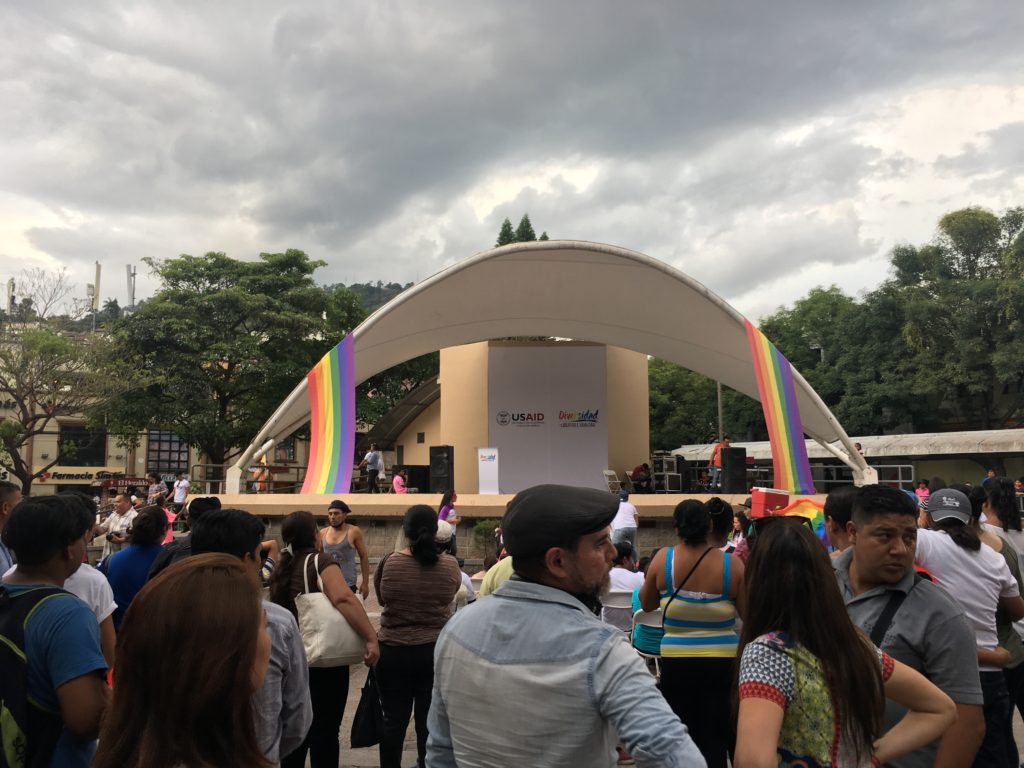
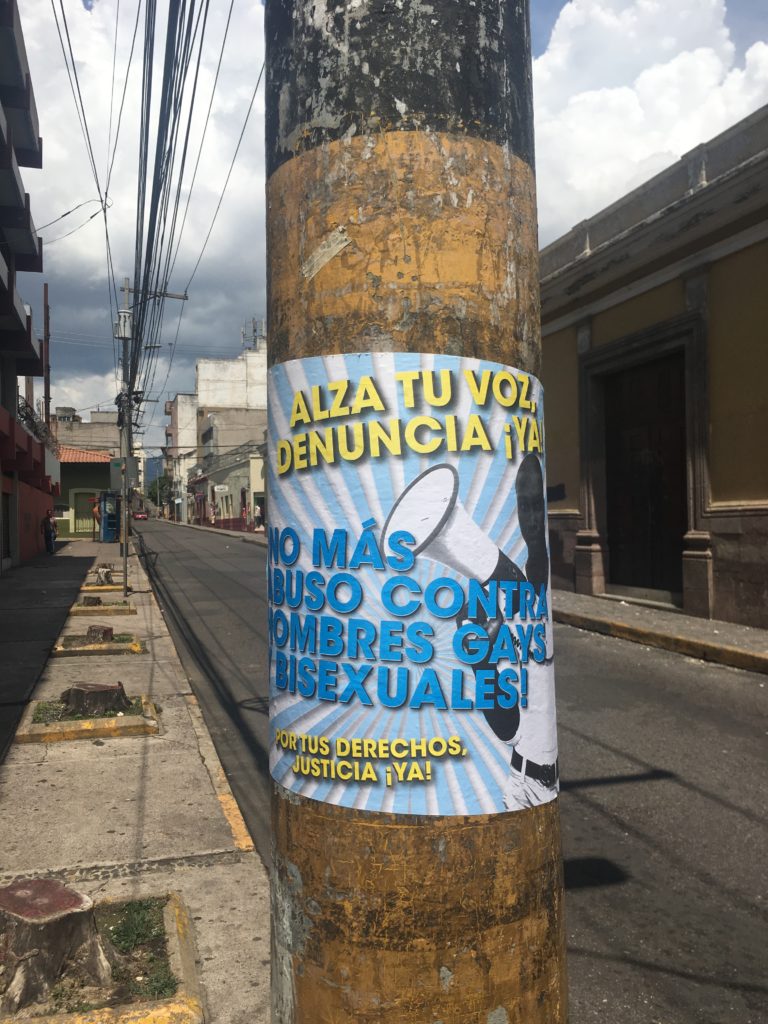
Tegucigalpa has a handful of gay bars and even if the scene was more underground than what you would find in New York or San Francisco, the community was visible. I chatted with a couple of young people and they said Tegus was really the only city in Honduras that had organized gay activities. It’s interesting that even across different cultures, LGBT people find harbor, safety and community in big cities. I’m always amused when I hear someone describe a big city in terms of crime statistics and deem it a scary and dangerous place, and then I (and other gay people) look at the same urban area as a sanctuary and safe haven. It was difficult to hold onto any apprehensions about safety in Tegus after my first impression of the city was a crowd of people singing and dancing along to “Born This Way” at the Parque Central!
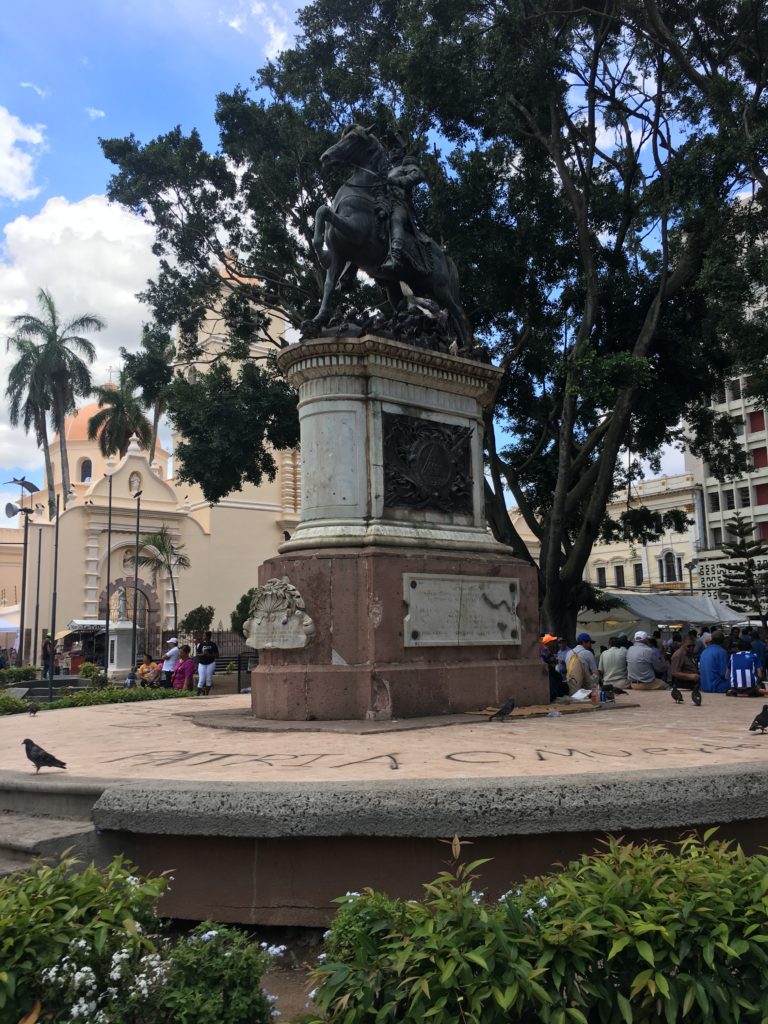
Francisco Morazán is an important figure in both Honduran and greater Central American history. He was born in Tegucigalpa in 1792 and his greatest legacy was the creation of the Federal Republic of Central America, of which he was President from 1830-1839. He believed that the countries of Central America would be much stronger working together than separately; his dream was short-lived, although his legacy remains potent in the ideals many still hold today. Honduras, Nicaragua, El Salvador and Guatemala are part of a CA-4 agreement, which is similar to the Schengen Zone in Europe. People I spoke with in both Honduras and Nicaragua told me they wished there was greater cooperation between the governments to stimulate economic growth. Morazán also established freedom of the press and freedom of speech in the constitution, two rights that have often not been upheld throughout Central America’s rocky history.
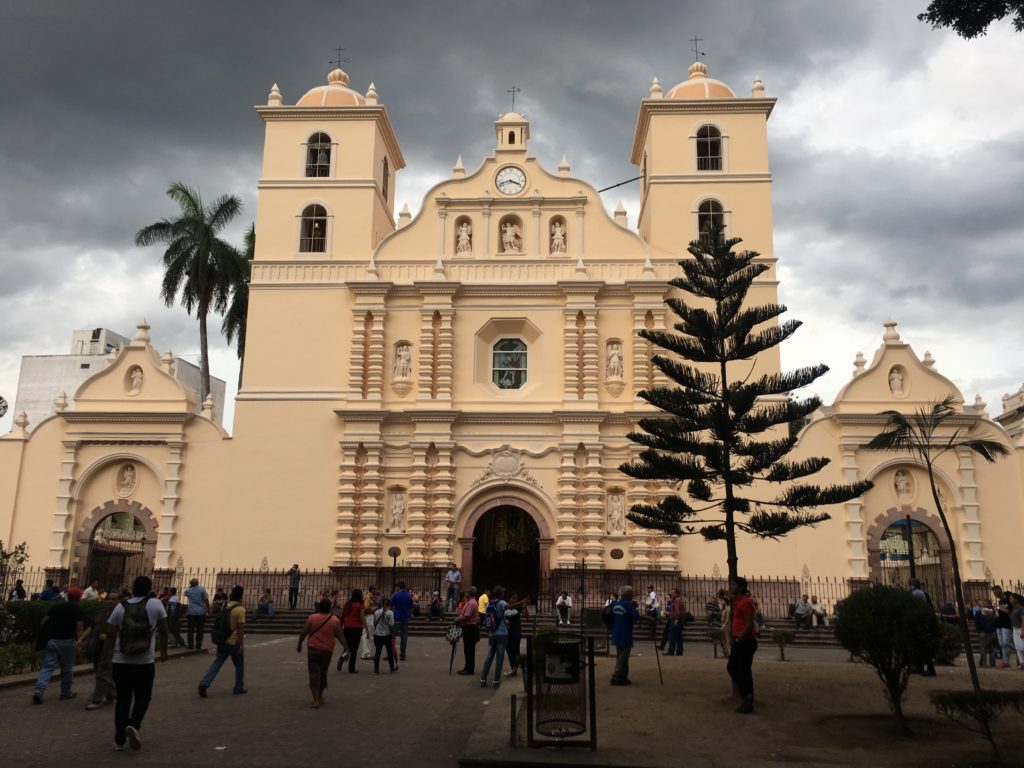
The main cathedral in Tegucigalpa is on the eastern edge of Parque Central and acts as the prominent religious symbol of the city. Truthfully, I preferred the nearby Iglesia de Los Dolores, no doubt in part because of its interesting history. The church was built in 1732 for use by the indigenous people and black slaves in Tegucigalpa, giving the church its namesake of “de Los Dolores” (Church of the Suffering/Pain). The church was used as a symbol of hope for oppressed social groups and strives to be a home for equality today. The light pink interior is lovely, and though I’m not a religious man, I did pause for a moment of reflection inside.
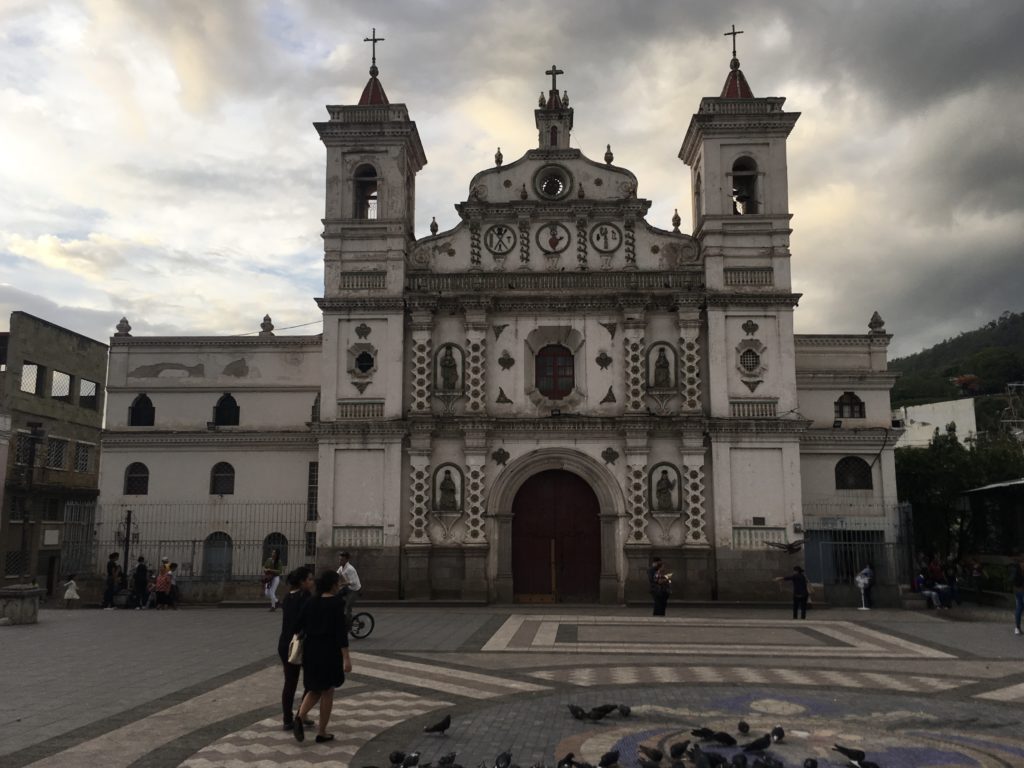
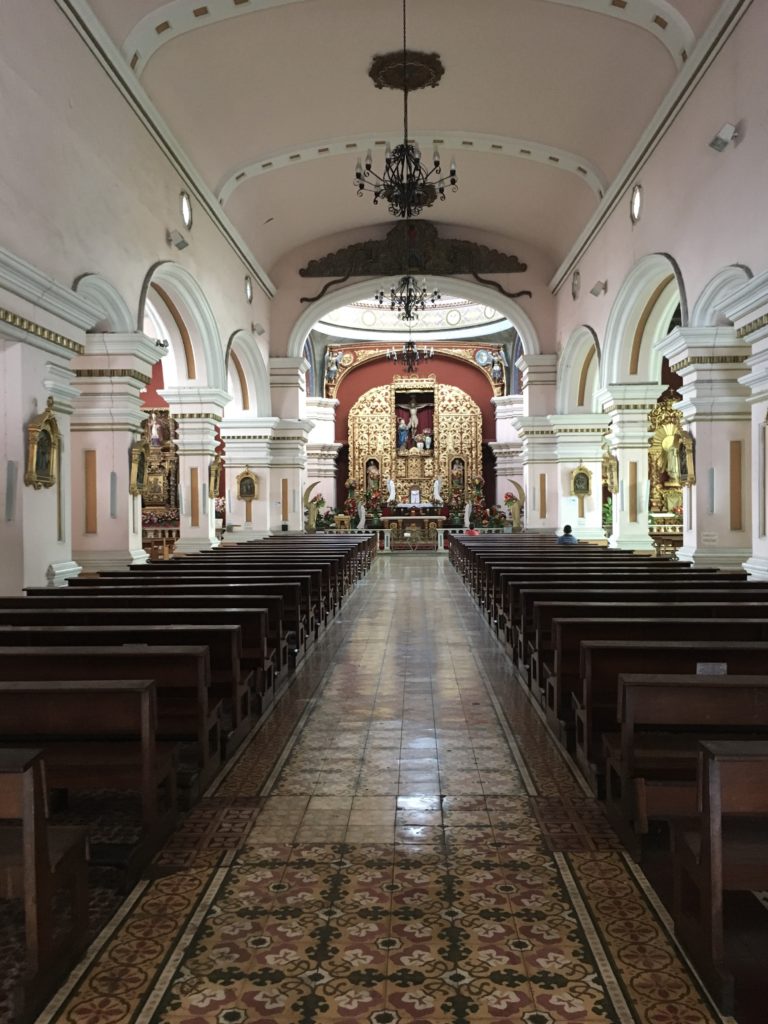
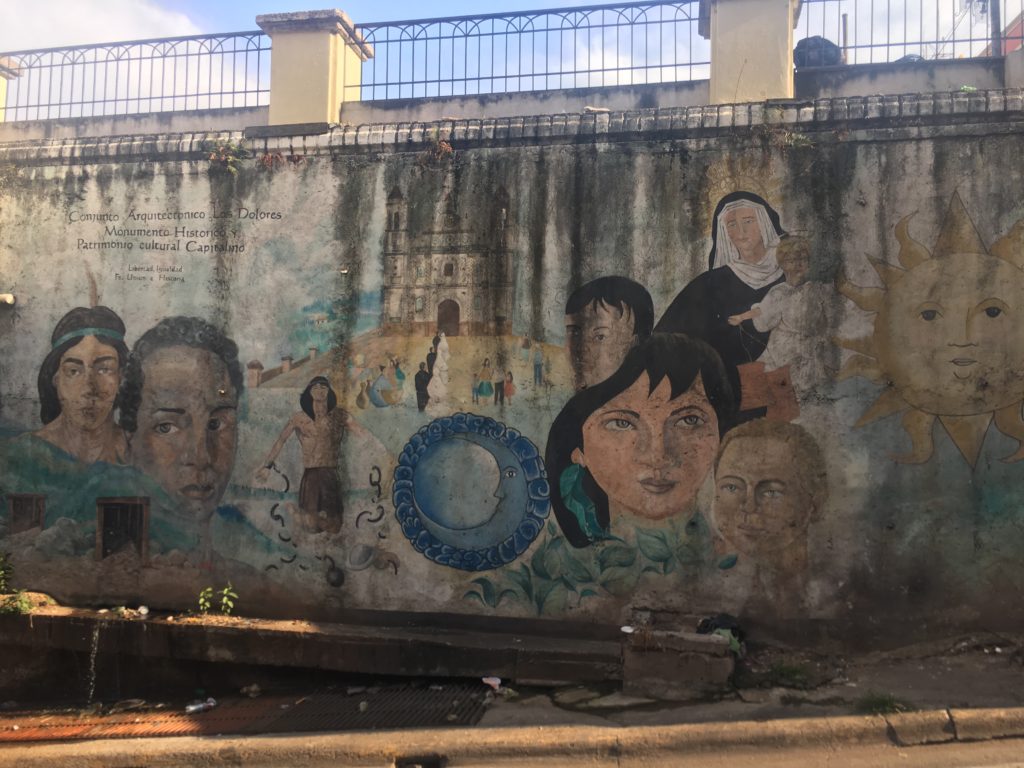
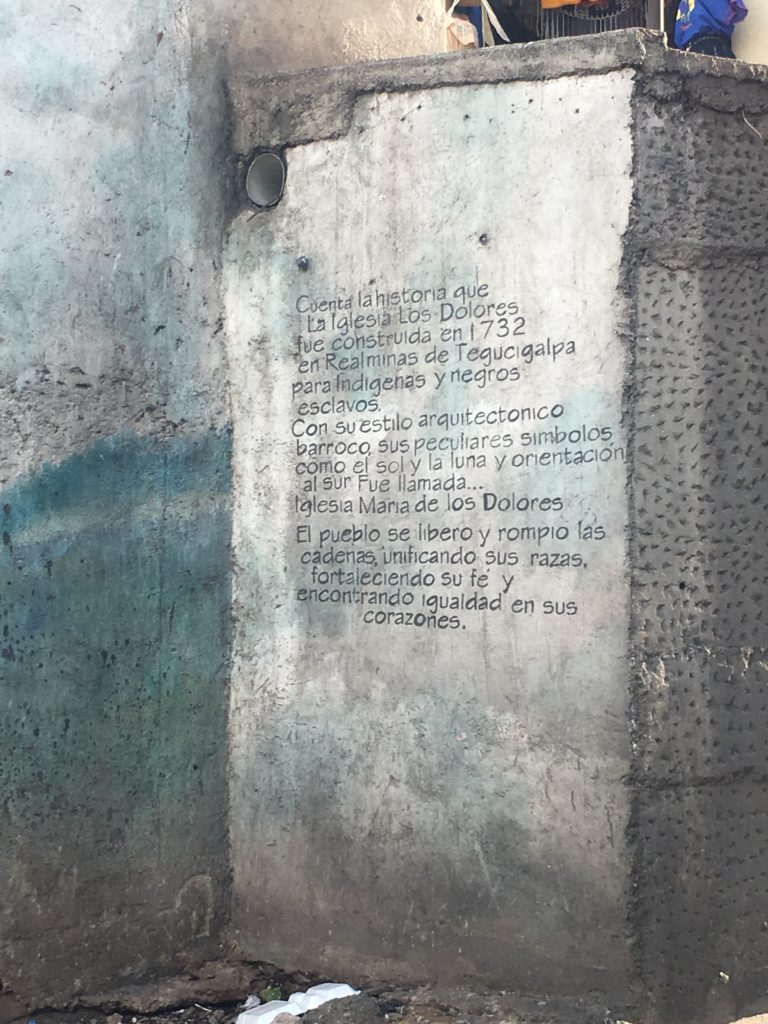
You can make your way to the Iglesia de Los Dolores from the Parque Central by following the Calle Peatonal from the main square. The Calle Peatonal is a wide pedestrian-only boulevard that stretches the entire western half of El Centro. Bakeries, restaurants, clothing and electronics stores line the street, but the real action happens with the vendors hawking their wares in the middle of the street. Merchandise is displayed on blankets; carts full of produce crowd the intersections. My guide at the Museo para la Identidad Nacional (Museum for National Identity) told me I had to go to La Baguette on the Calle Peatonal for their famous tres leches in a cup. Tres leches happens to be one of my great weaknesses in life; who was I not to heed the advice of a Tegus native? I’ll let the picture do the talking, but damn, this was the best dessert I’ve had in Central America…
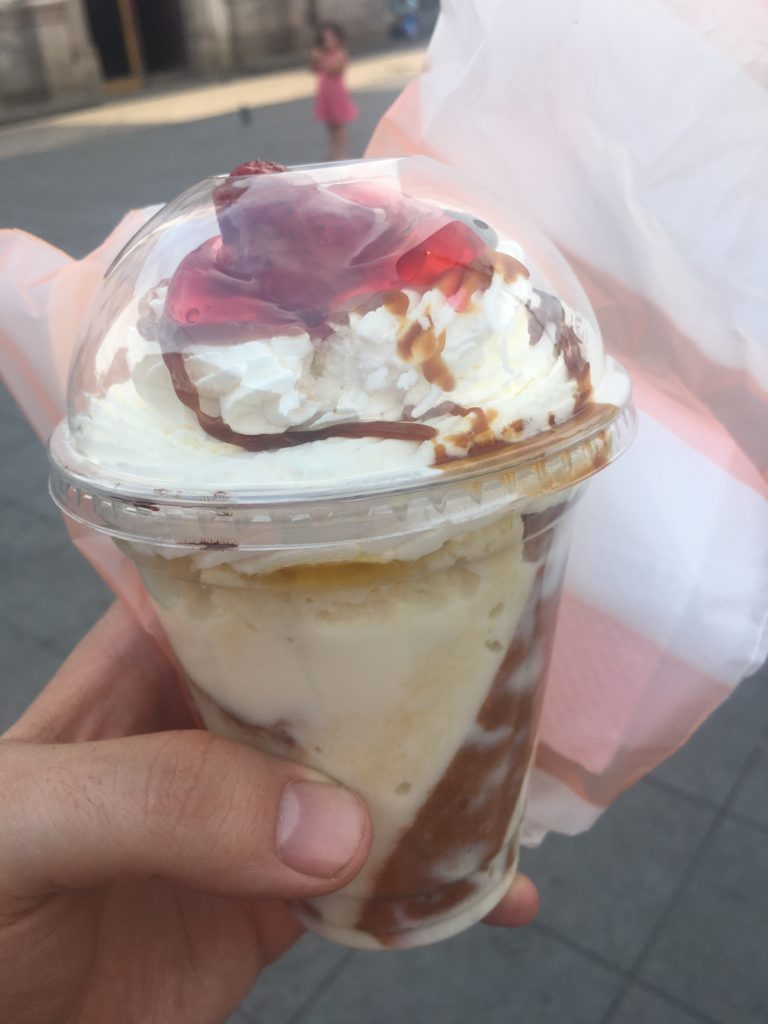
Continuing down the Calle Peatonal are two great museums- the perfect spots to take shelter when those May storm clouds roll in every afternoon. First up is the aforementioned Museo para la Identidad Nacional (Museum for National Identity). This is Honduras’ primary history museum, even though I had the bad luck of showing up while the permanent exhibit was closed due to renovation. My guide (an English-speaking guide can be provided free of charge; mine was amazing!) told me that the permanent collection hadn’t been updated in over 12 years and they hoped to have it reopen by January 2019. The new space would be more interactive and engaging; in the meantime there were two special exhibits: one featuring the origami of two local doctors and the other showcased a series of Goya’s bullfighting ink drawings. The origami was cool, with my favorite being a tree made out of 1,000 cranes, modeled after a similar tree students in Hiroshima made after the atomic bomb was dropped in 1945. In a similar effort to symbolize an end to the violence in Honduras, any visitor to the museum was encouraged to fold a crane and add it to the tree.
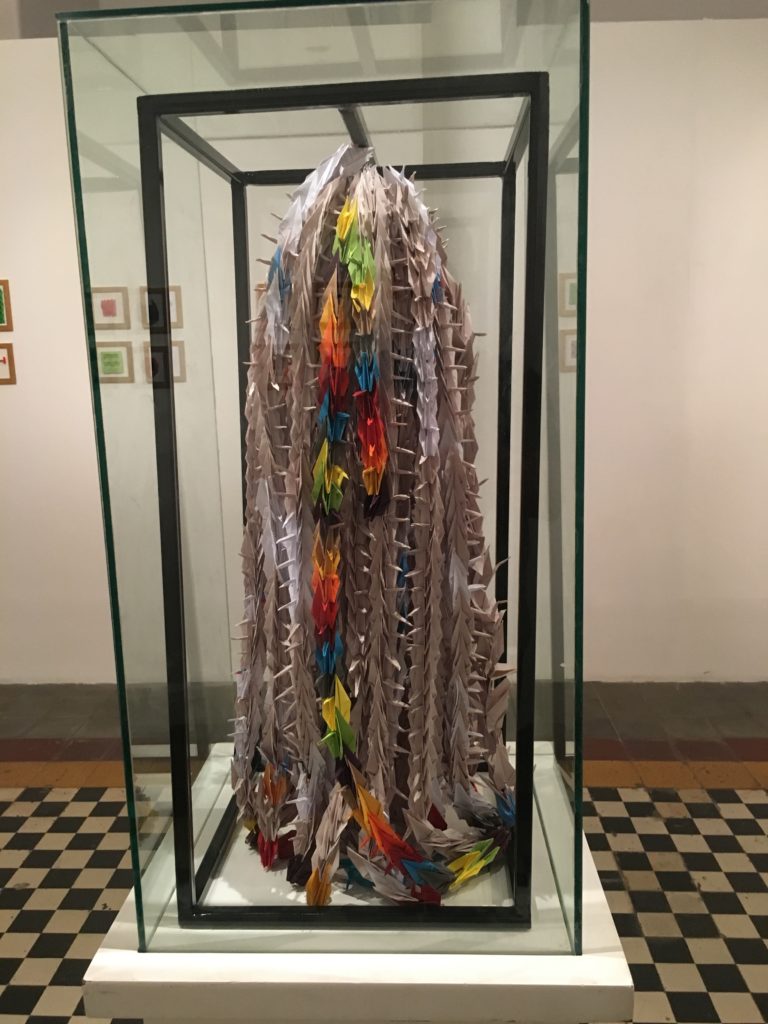
My guide actually was the head designer of the Goya exhibit, and being a fan of the artist myself, it was a nice treat to have access to his insights on the collection. The building housing the museum is impressive in its own right. It was built in 1880, the year the capital transferred from Comayagua to Tegucigalpa, and was known as the Palace of Ministries, containing each governmental department head office. The museum took over the space in 2006 and also installed a fantastic hangout, Cafe con Libros, complete with free WiFi and drinks made from 100% Honduran-grown coffee beans.
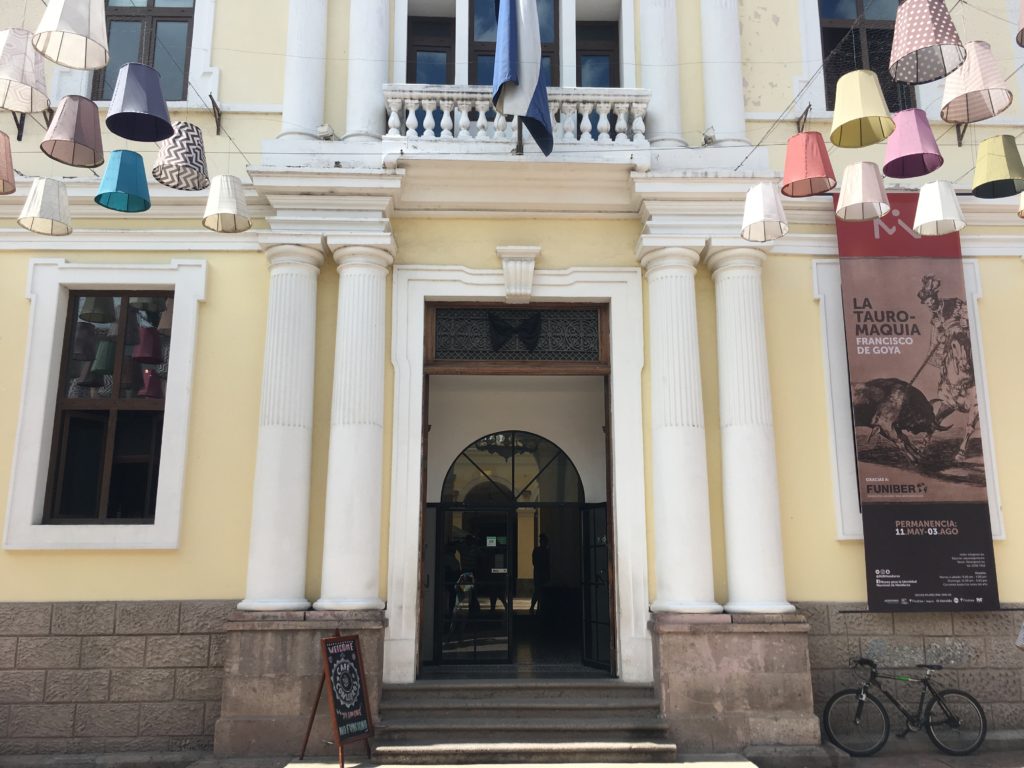
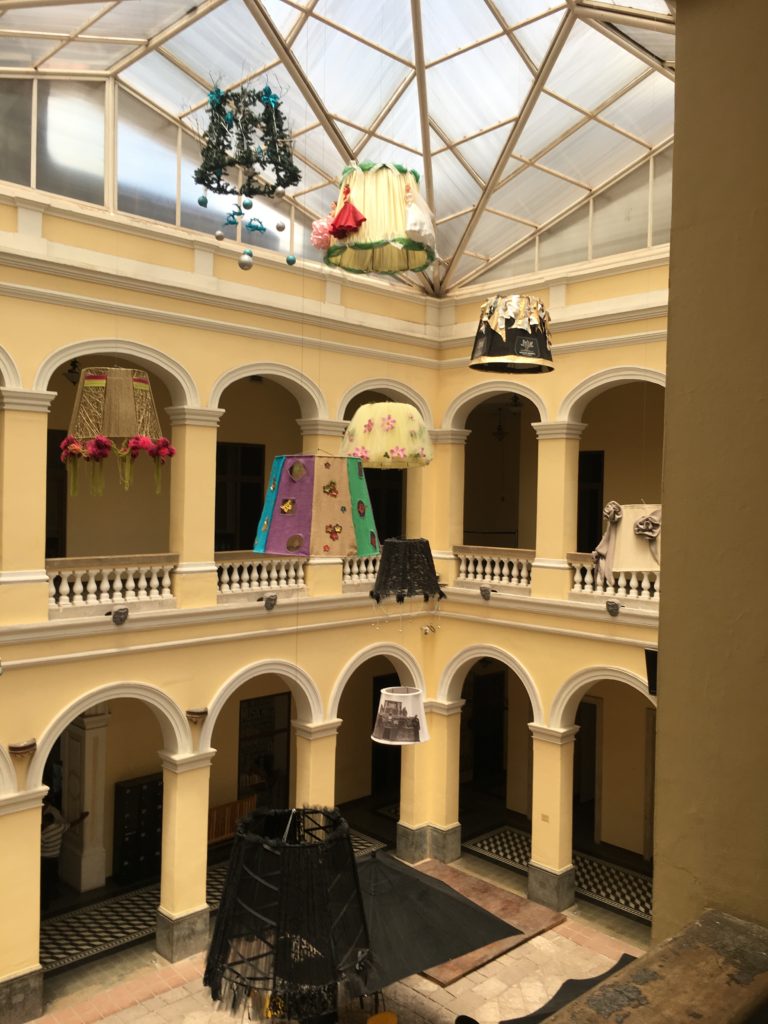
Right across the alley is the Galería Nacional de Arte, which sparked a new mini-obsession within me for the works of Honduran painter Julio Visquerra. The gallery is holding a retrospective of his works and they just blew me away. Visquerra favored bright colors and provocative imagery, often painted in a surrealistic style with political undertones- just my thing. I bought the companion book for the exhibit and although these photos don’t do the pieces any justice, here are a couple of examples of his work:
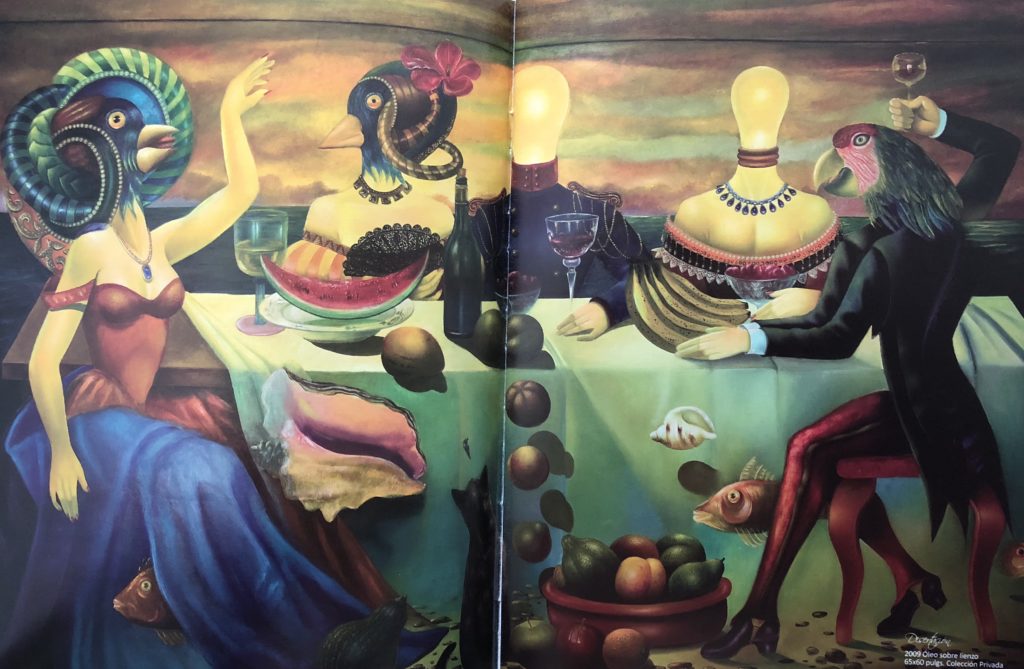
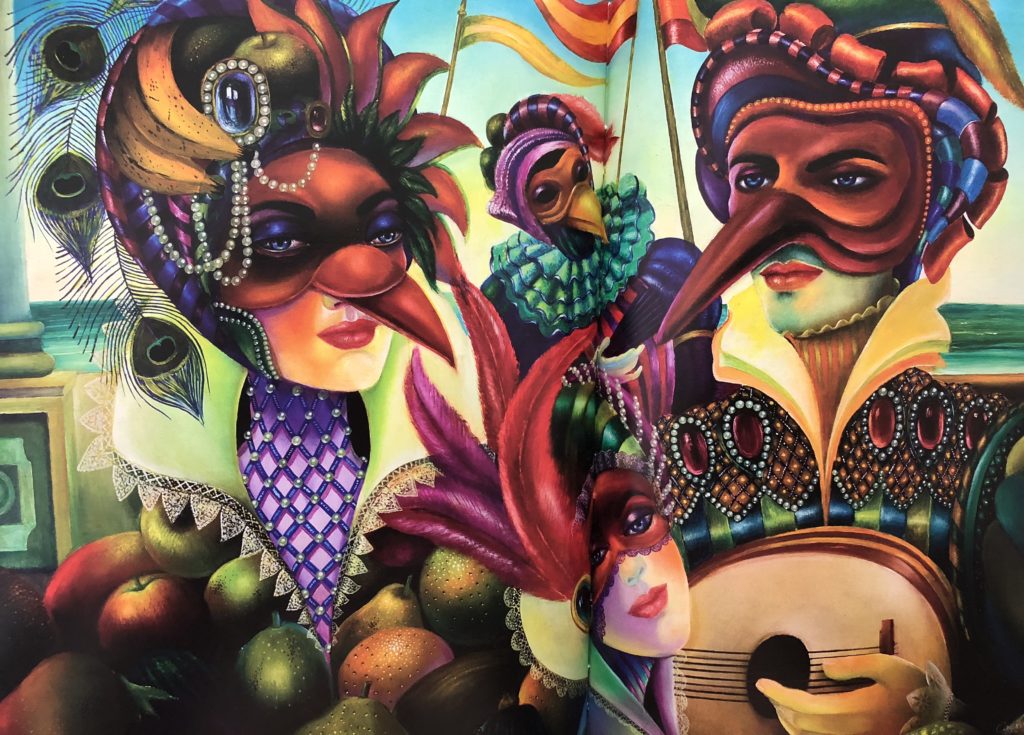
I was also quite taken with one of the sculptures in the courtyard sculpture garden of a curled up homeless dog called “No tengo nombre.” As an animal lover I could barely restrain myself from reaching out and petting this stone canine, such was the sad look in his eyes.
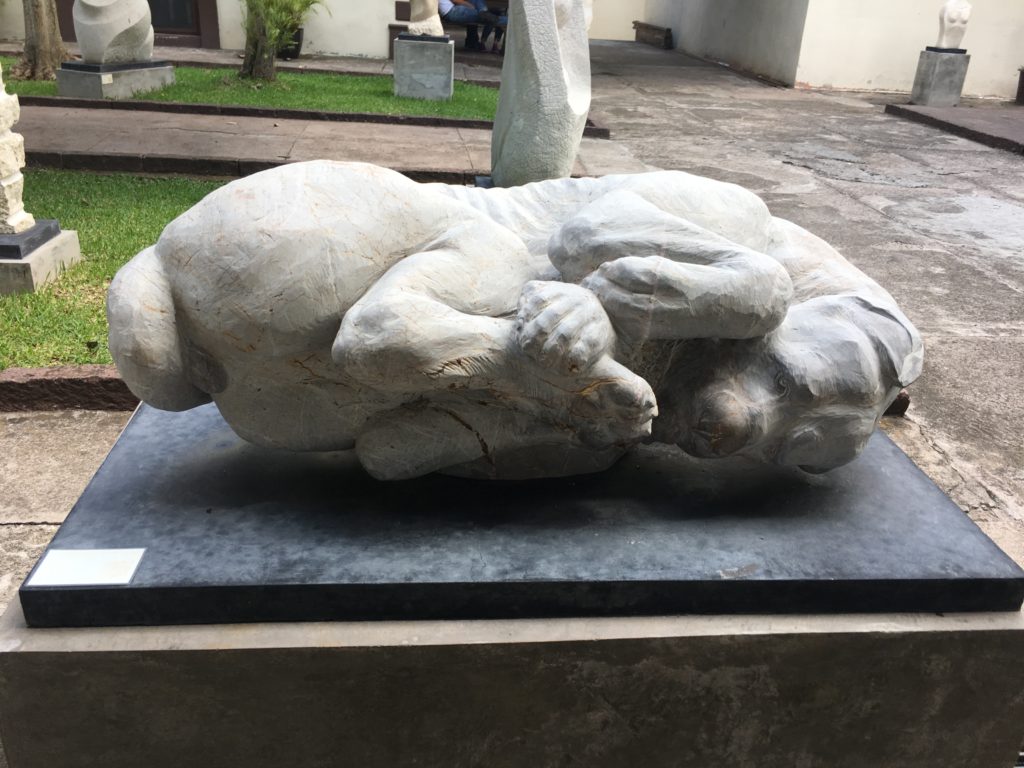
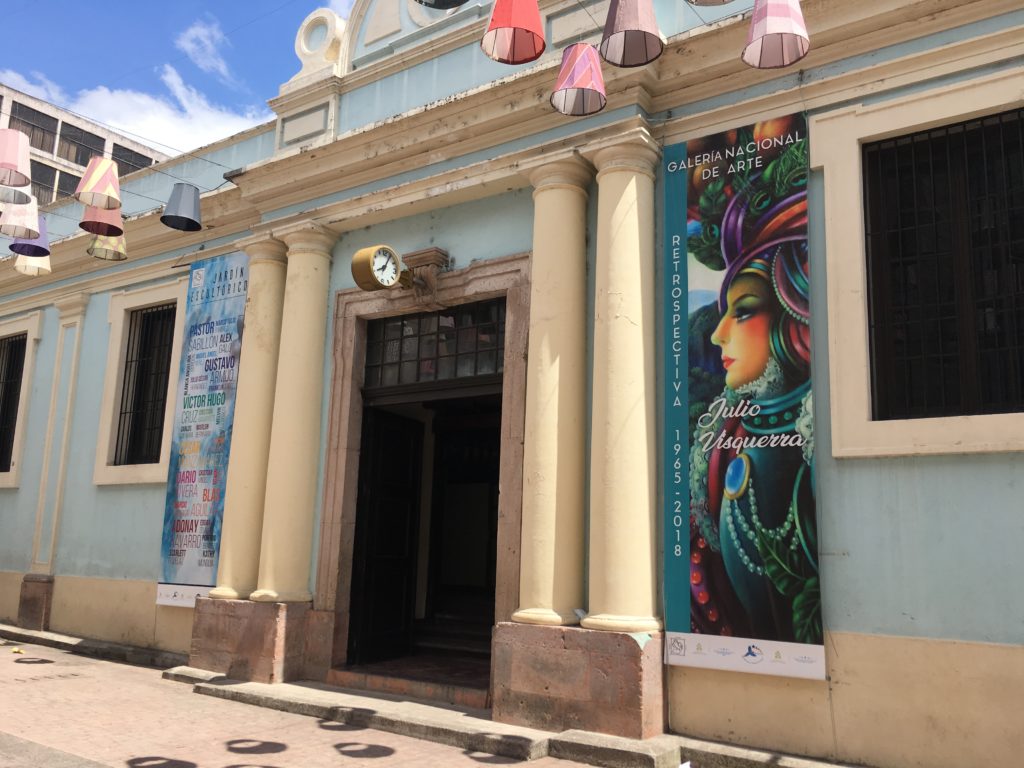
A little further way down the Calle Peatonal is the Teatro Nacional Manuel Bonilla, built in 1915 by the former Honduran President with whom the theater shares its name. The doors were locked when I stopped by, but not one to be discouraged, I knocked and a drama teacher at a local school answered. He was there getting ready for the final exam performances his students would be presenting that evening at the theater, but he was happy to take a break and give me a private tour!
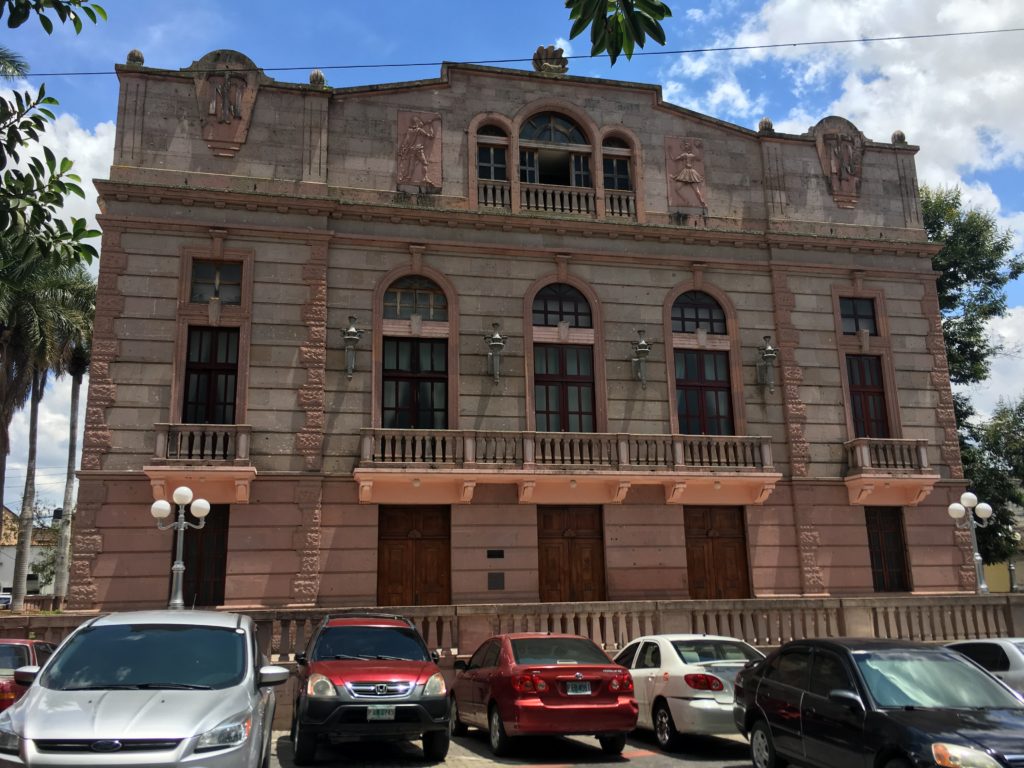
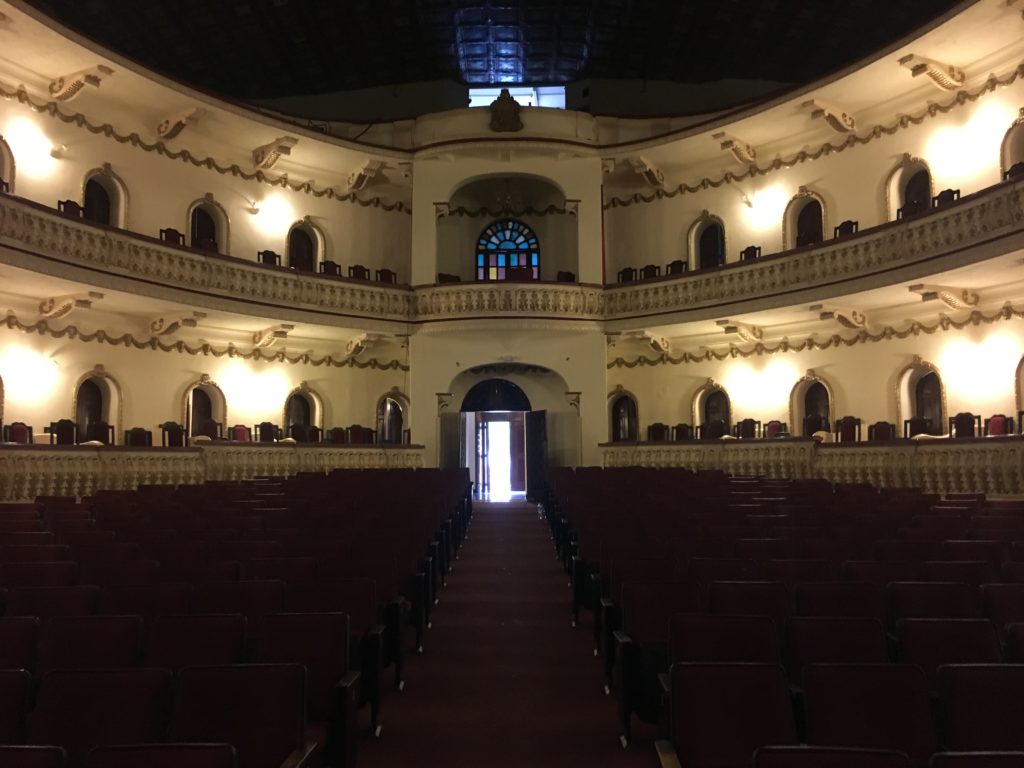
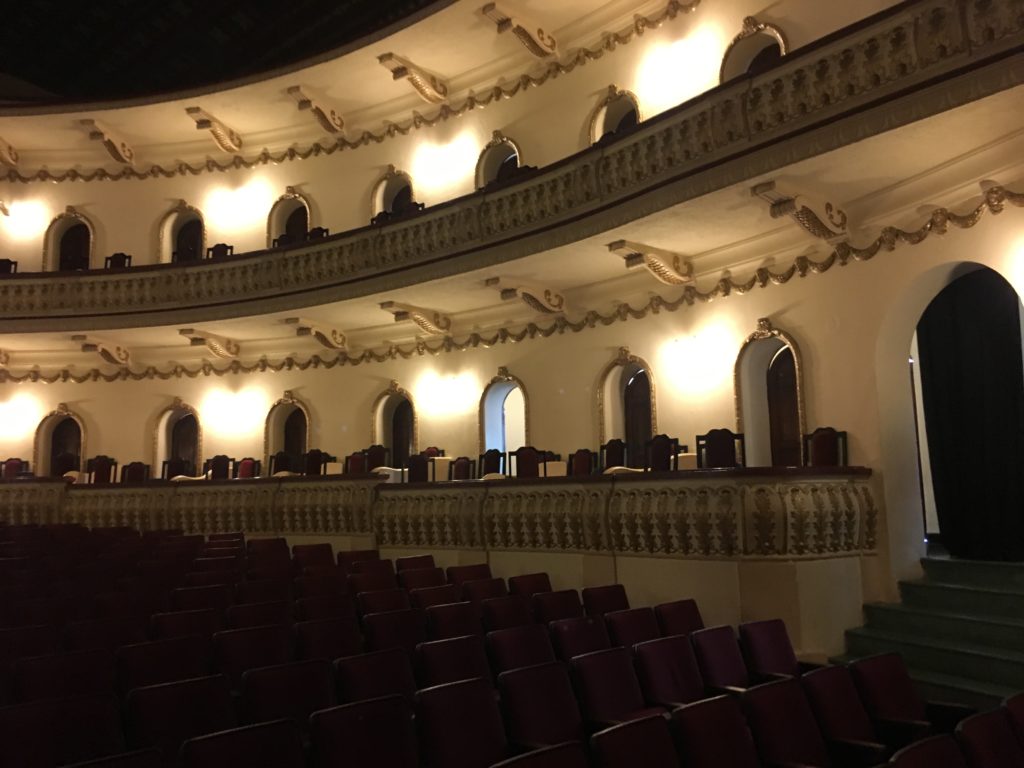
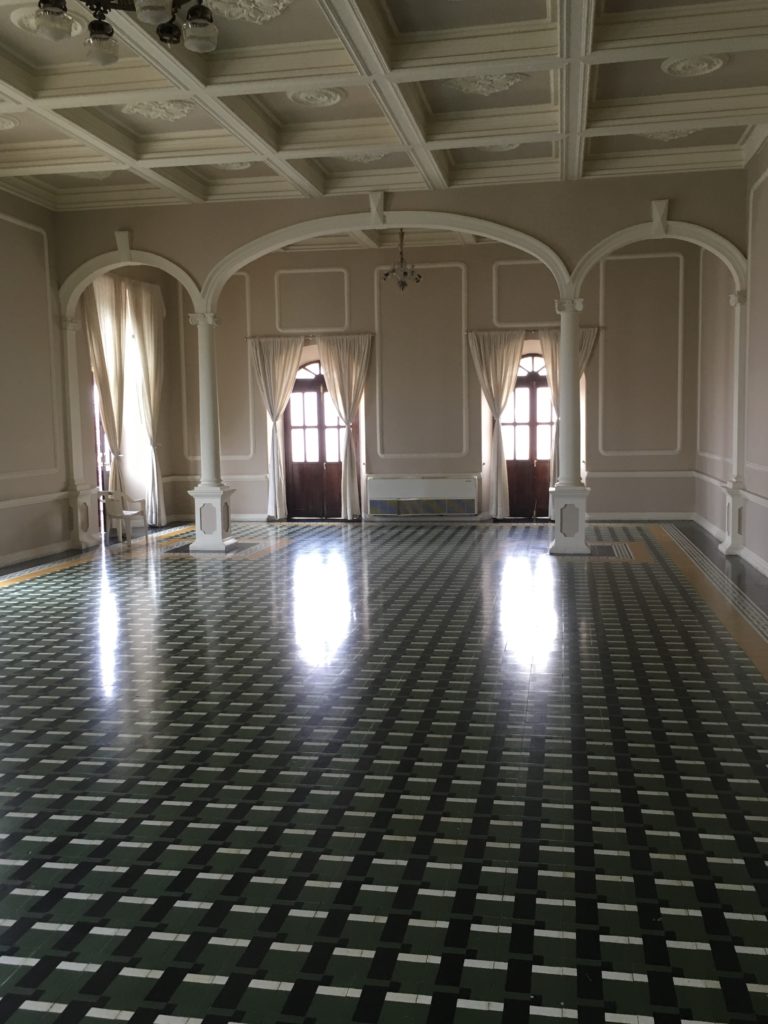
Directly south of the Parque Central is the Congreso Nacional, which is sometimes referred to as El Sapo (The Frog) due to the elevated legs upon which the building rests. For those interested in peculiar government architecture like me, then this one is a must-see.
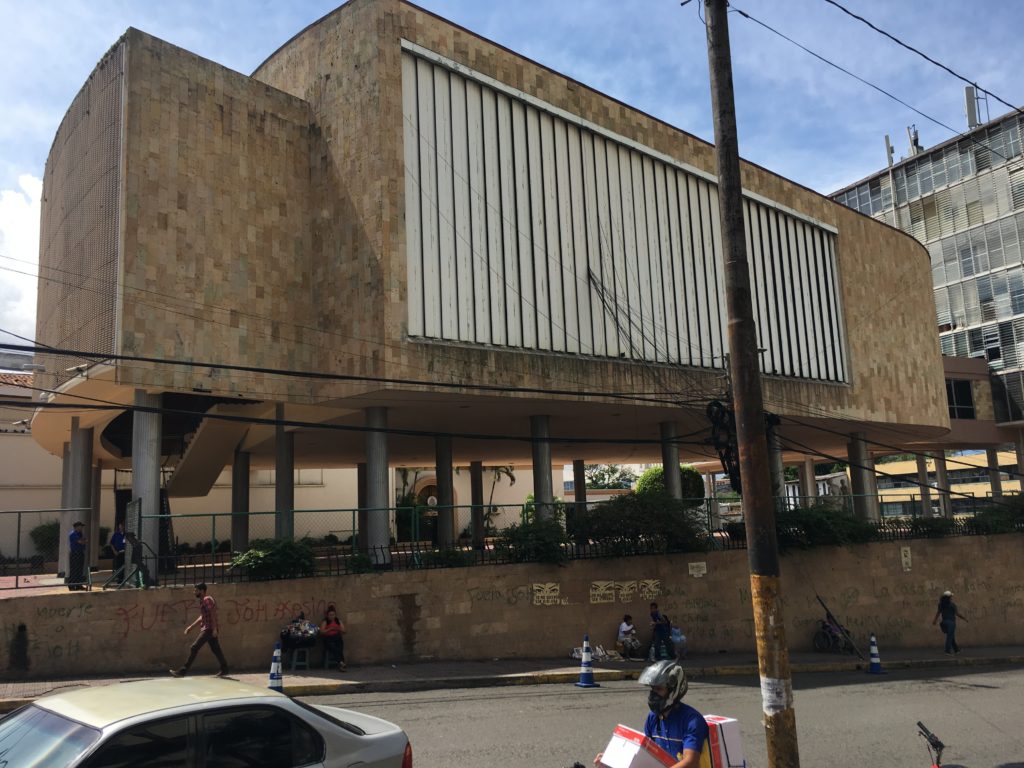
Just one block from the Congreso Nacional is the Antigua Casa Presidencial (Former Presidental Residence) which has been turned into the Museo Historico de la Republica (Historical Museum of the Republic- also containing the National Archives). The exhibits are small and not much to write home about; the real star is the building itself and the upper-terrace views it provides of Tegucigalpa’s sister city, Comayagüela across the river. (Note: Do not confuse Comayagüela, now officially a part of Tegucigalpa proper, with Comayagua, the former capital, which is located 80km (50mi) from Tegucigalpa.)
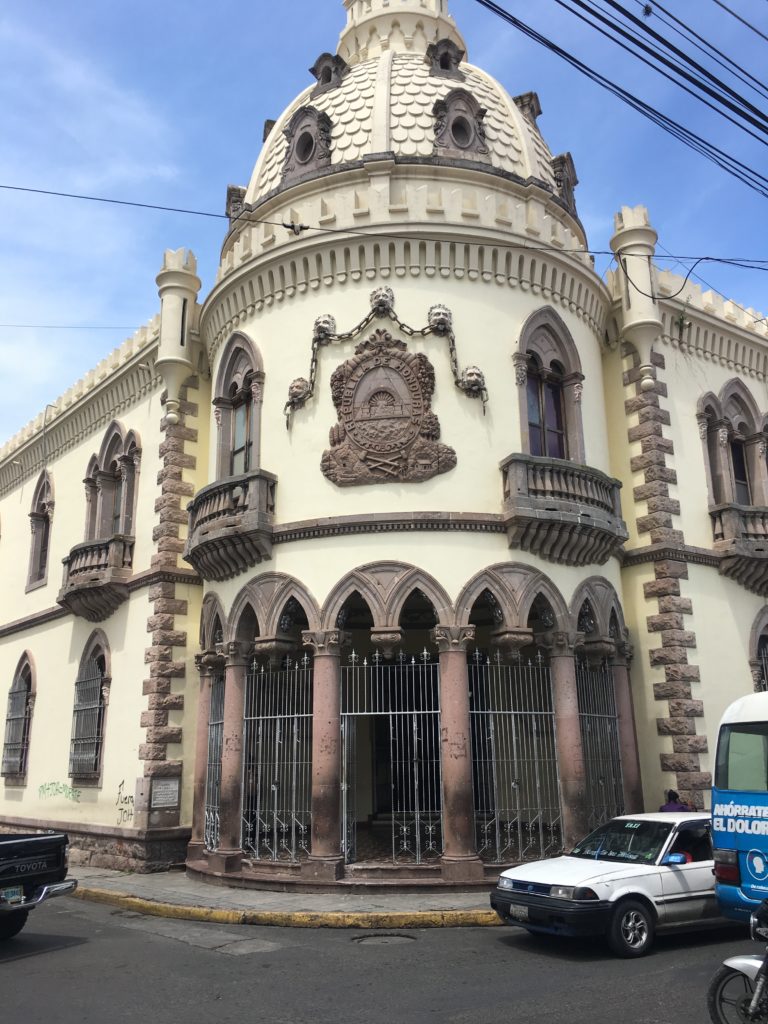
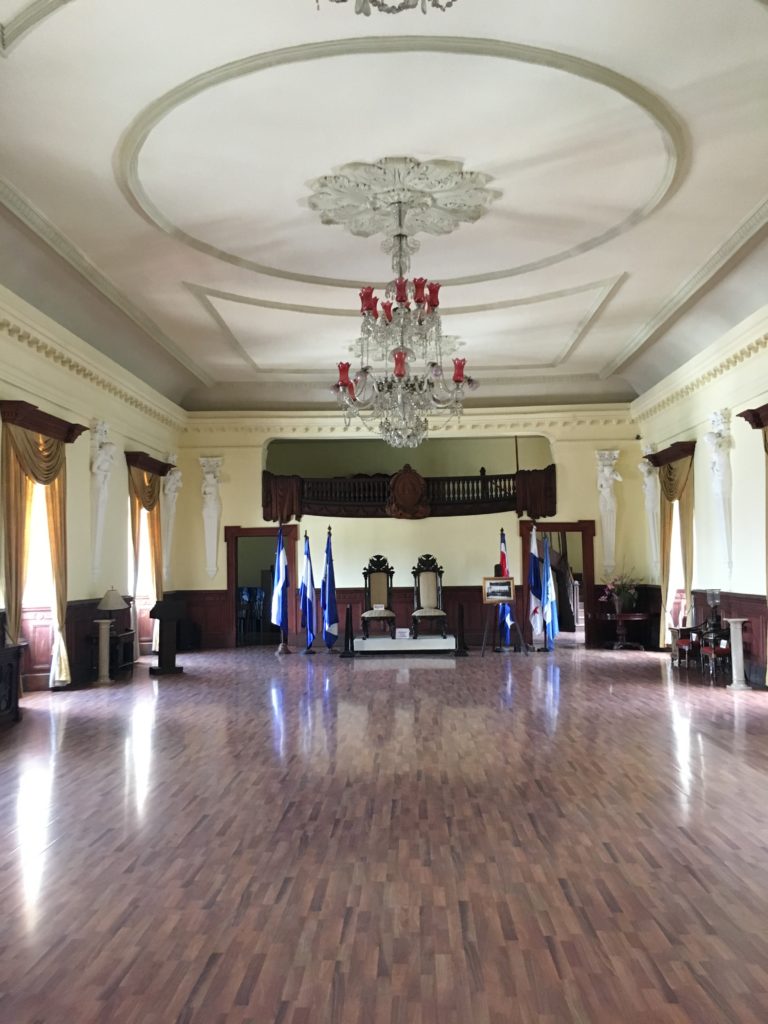
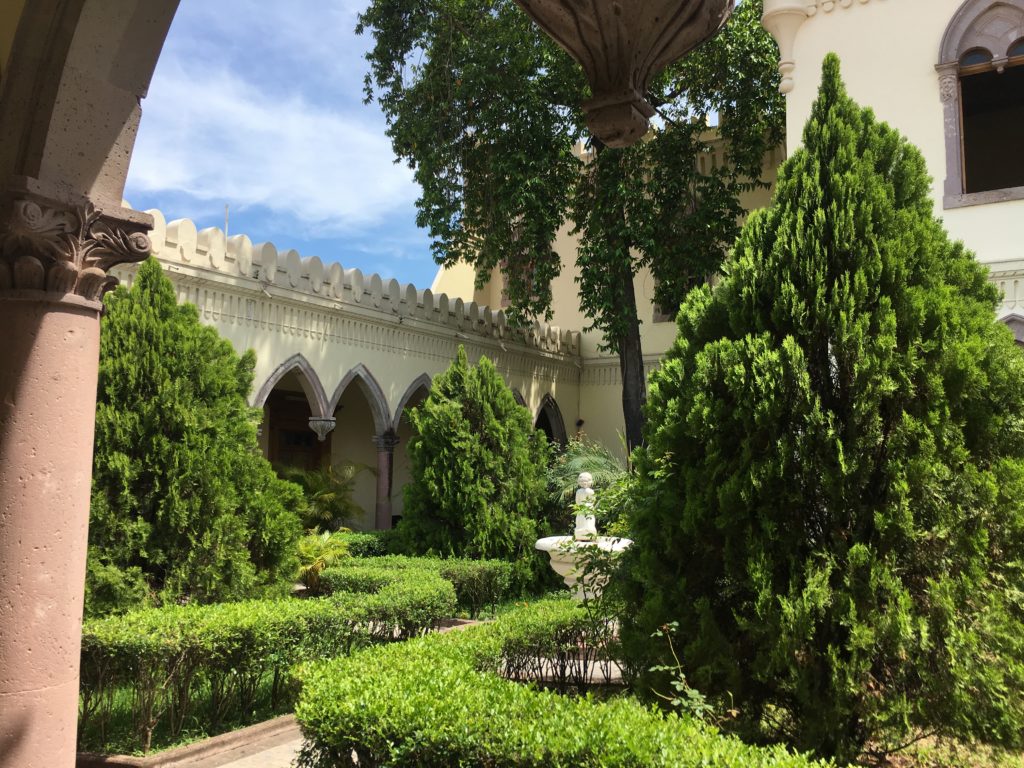
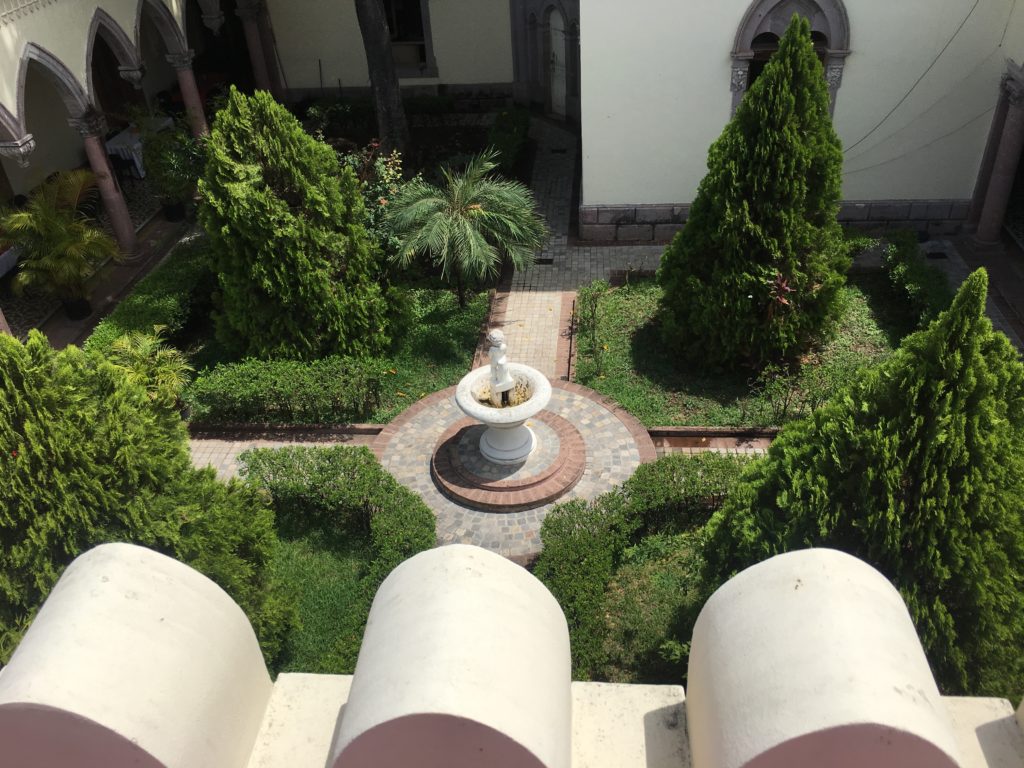
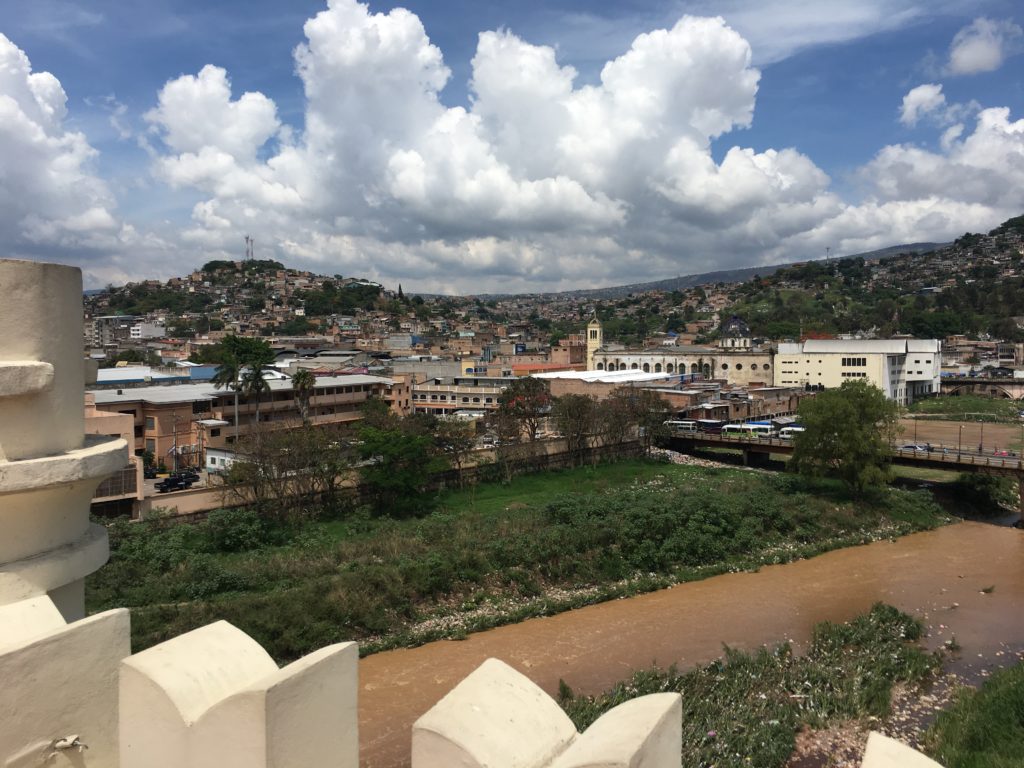
After all this walking around El Centro, there’s only one thing to do: head back to the Parque Central and eat baleadas. (Yes, that is the plural, because there’s no use pretending you’re going to eat only one.) The baleada originated in Honduras, and you’ll never find one tastier than those from the abuela with a stack of homemade tortillas and a kettle of beans on a Tegus street corner. A baleada starts with a thick tortilla, almost in the same vein as American-style pita bread, which is then layered with beans, cheese and sour cream. In the morning some scrambled eggs are often thrown in; you can get meat, plantains, avocado- basically anything you want- for an additional cost. There’s a fast food joint called Baleada Express all over the city and even their baleadas will do in a pinch.
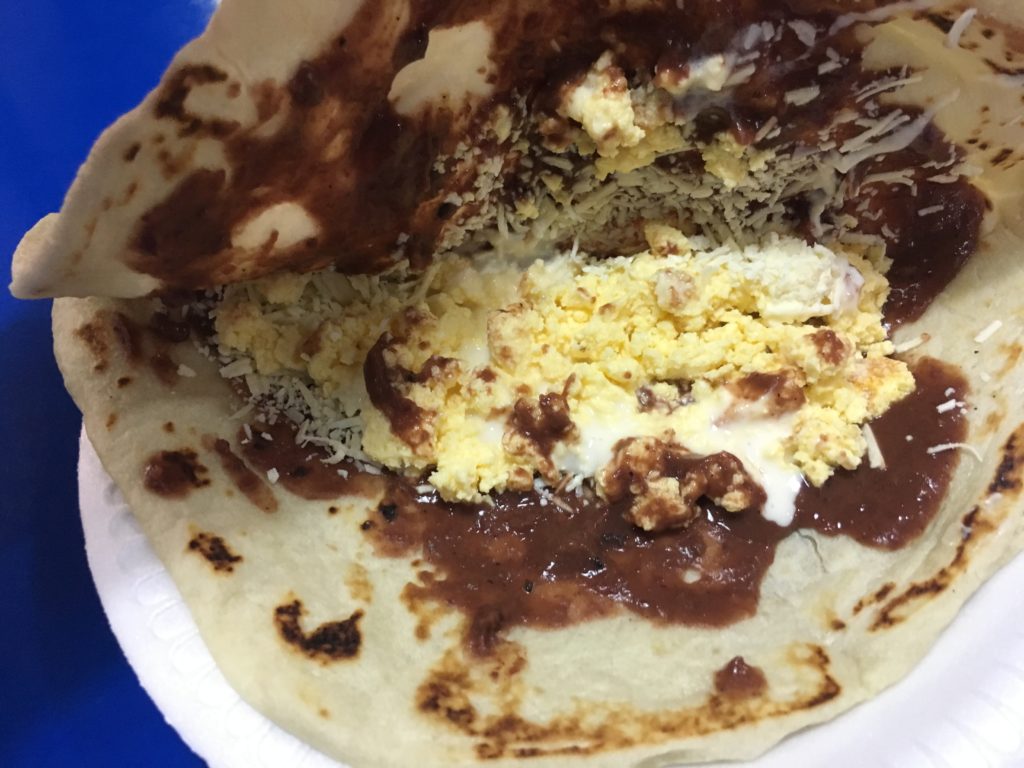
Drinks are also sold in a different way than I was used to. Fruit juices and horchata (a creamy drink made from ground almonds, rice or various other seeds and nuts and topped with cinnamon) are ladled from big jugs directly into little plastic baggies that are then tied off after a straw is placed inside. Horchata is reminiscent of a thinner sweetened condensed milk and acts as dessert rather than a refreshment.
